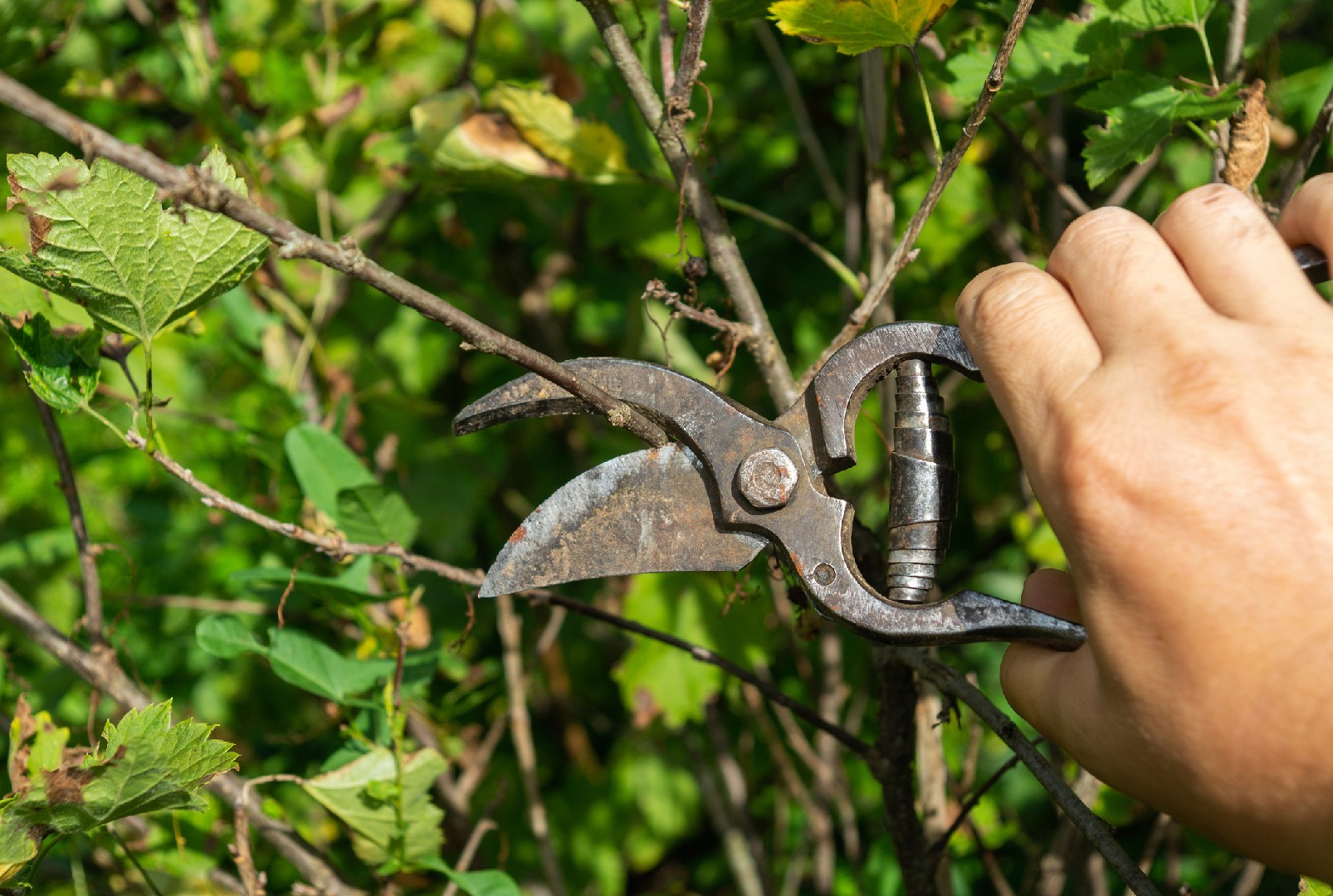![Rectangle]()
Understanding the Importance of Pruning for Disease Control
Pruning is a crucial practice that every gardener should master in order to effectively control diseases in their garden. By understanding how pruning aids in disease control and regularly implementing it, gardeners can enjoy the benefits of disease resistance and avoid potential consequences of leaving plants unpruned.
One of the primary ways that pruning helps control diseases is by removing infected plant parts. Many diseases, such as fungal infections, bacterial diseases, and viruses, start in specific areas of a plant and then spread throughout the rest of the plant. By carefully inspecting plants and pruning away infected leaves, stems, or branches, gardeners can prevent the disease from spreading and take immediate action to stop its progression. Pruning also improves airflow and sunlight penetration within the plant’s canopy, creating less favorable conditions for disease development. This increased airflow and sunlight reduce humidity and moisture levels, which are often conducive to the growth of pathogens.
Regular pruning is essential for maintaining disease resistance in plants. When plants are pruned regularly, they become stronger and healthier, making them less susceptible to diseases. By removing dead or diseased plant parts, gardeners prevent pathogens from finding a foothold and weakening the plant's overall health. Additionally, pruning helps to stimulate new growth, which is often more resistant to diseases. This increased growth also allows for better nutrient absorption, as resources can be redirected to healthier parts of the plant.
On the other hand, if plants are left unpruned, they can become hotbeds for diseases. Over time, plants can become overcrowded, leading to poor air circulation and limited sunlight exposure. This environment creates the perfect conditions for diseases to thrive. Without proper pruning, diseased parts of the plant can continue to spread the infection, leading to the decline and even death of the plant. Leaving plants unpruned also results in less vigorous growth, making them more susceptible to infections and less likely to fend off diseases naturally.
To effectively control diseases through pruning, there are a few key methods and skills that gardeners should be knowledgeable about. First and foremost, gardeners should learn how to correctly identify and differentiate between healthy and diseased plant parts. This allows for targeted pruning, ensuring that only the infected areas are removed. Gardeners should also learn proper pruning techniques, such as making clean cuts at the correct angle and using sterile tools to prevent the spread of diseases. Additionally, understanding the optimal timing for pruning is crucial. Different plants have different growth patterns and pruning requirements, so knowing when and how much to prune can significantly impact disease control.
In conclusion, pruning plays a vital role in disease control in the garden. By removing infected plant parts, improving airflow, and promoting healthy growth, gardeners can effectively prevent diseases from spreading and protect the overall health of their plants. It is essential to learn and apply the proper methods and skills of pruning to maximize disease resistance and minimize the potential consequences of leaving plants unpruned. So, grab your pruning shears and start practicing this important gardening technique to keep your garden healthy and thriving.





